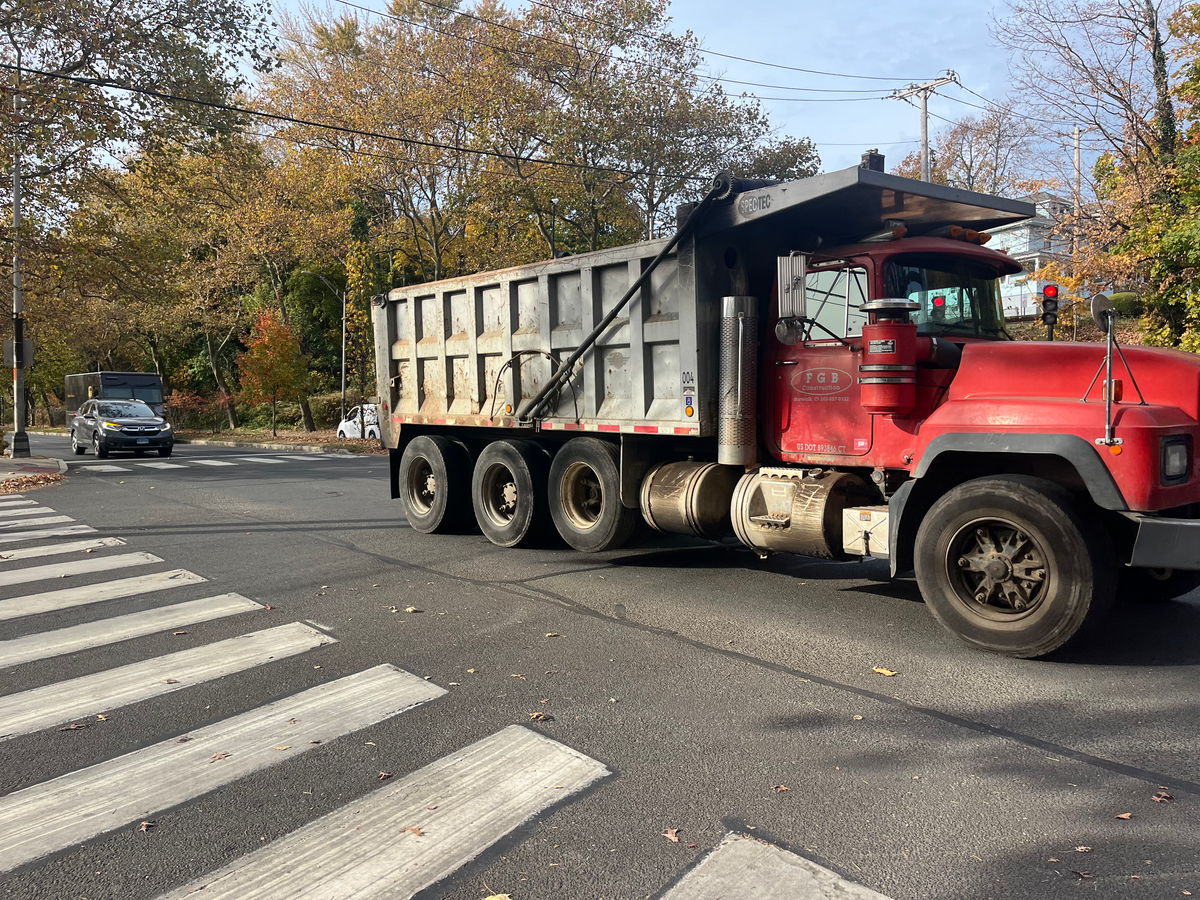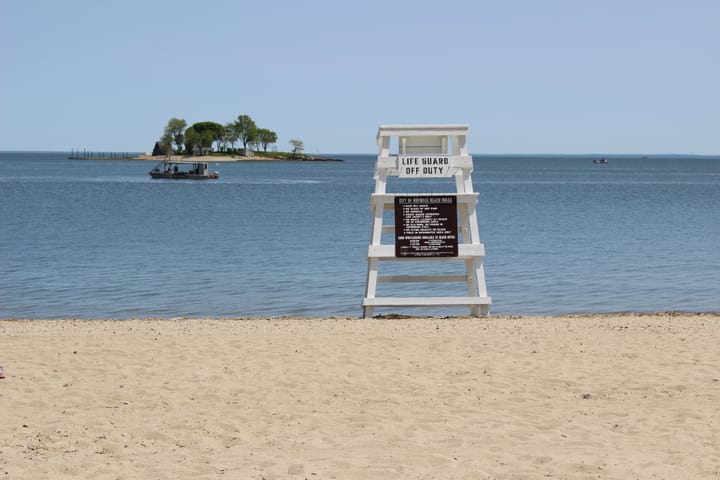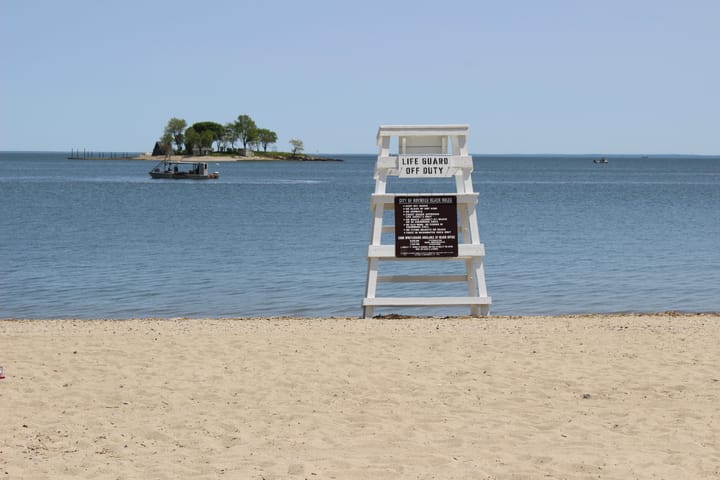Special Edition of The What: Investing in Infrastructure Around Southwest Connecticut
This is a special edition of The What, our free weekly newsletter, focusing on infrastructure investments across lower Fairfield County.

Monday, February 10
Happy Monday! Coming out of the COVID-19 pandemic, we’ve seen historic levels of federal and state funding coming to local municipalities to invest in areas like infrastructure, roadways, schools, air quality, and more. Let’s explore some of the major investments that have come to our area.
More Than $30 Million Coming to Stamford, Norwalk Neighborhoods After Decades of Underinvestment
Residents in the West Side and East Side of Stamford, and around Martin Luther King Boulevard in Norwalk have dealt with traffic and congestion problems, unsafe roads for pedestrians and bicyclists, air quality issues, and neglected infrastructure for decades.
These areas are some of the most diverse in both cities and have some of the most economically disadvantaged residents. In Norwalk, the three neighborhoods around the boulevard have three of the top five poverty rates in the city—10.3% poverty rate in Woodward, 7.8% in South Norwalk, and 7.5% in Springwood, according to data from the Norwalk ACTS’ Neighborhoods at a Glance dashboard.
Stamford’s West Side neighborhood has a 14% poverty rate and 39% of its residents are classified as low-income, while the East Side has a 12% poverty rate and 26% of its residents are classified as low-income, according to city profiles from CT Data Haven.
However, thanks in part to federal funding, local officials said that improvements are now coming to these areas.
Go deeper into each of these neighborhoods:
- Norwalk’s Martin Luther King Jr. Corridor: A “Transformational” Grant
- Stamford’s West Side Corridor: 'Visionary Projects' to Improve Connections, Safety
- Exploring Ways to Enhance the East Side of Stamford
Trouble in the Air: Southwest Connecticut Deals with Poor Air Quality
Two summers ago, as wildfire smoke from Canada moved into our region, many saw firsthand the impacts of unhealthy air quality and the effects it can have. But outdoor air quality in our area remains a persistent challenge, even outside of the wildfire smoke.
Because of this, the state and communities around our region are working to improve their tracking of air quality to help keep residents informed about the current conditions.
Connecticut’s Department of Energy and Environmental Protection is “developing a network of PurpleAir sensors to measure fine particulate matter.”
Stamford has taken part in this program, installing the monitors “throughout the city based on the State Department of Public Health’s map of areas with high asthma rates,” according to DEEP.
In Greenwich, Caroline Baisley, the town’s director of health, told the Board of Health that the state has deployed a “mobile air quality monitoring vehicle which is equipped with air pollution analyzers,” in the county to help “ensure that on a community-based level, pollutant emissions and the air people breathe in their communities are meeting state standards.”
Stamford also recently accepted a $68,000 grant from the federal Environmental Protection Agency for a 31-month air quality monitoring program that will install three monitors in the South End and West Side neighborhoods with a focus on tracking NO2, particulate matter, and ozone levels.
But many members of the Stamford Board of Representatives want the city to do more.
Learn more about the impacts of air quality and how communities are looking for funding to address it.
Trees as Infrastructure
What can help improve air quality, provide shade and cooling benefits during heat waves, help mitigate the impacts of flooding, and enhance the social, economic, and community value of a neighborhood? That’s right—trees.
“Trees are key to a healthy city,” according to a 2018 report on the tree canopy in the Western Connecticut Region from WestCOG, a regional planning association.
That’s why communities across southwest Connecticut are investing time, resources, and effort into improving their tree canopies, maintaining existing trees, and working to add to their tree inventories.
“Trees have become a movement,” said former Norwalk Councilman Tom Livingston.
Explore the importance of trees to southwest Connecticut, or take a closer look into how three communities are looking to enhance their tree canopies.
- Stamford Board of Representatives Call for Funding for Tree-Related Initiatives
- Norwalk Invests in Tree Efforts After Report Found Lack of Tree Canopy
- Fairfield Works to Update Forest Management Plan
Please stay in touch! You can do that by:
- Sharing this weekly newsletter with a friend!
- Following us on YouTube, Instagram, or TikTok.
- Sharing our site with your friends, family, coworkers, and more.
- Reaching out to say hi or send in story tips at coastalconnecticuttimes@gmail.com.
Have a great week,
Kelly Prinz
Founder, Reporter at Coastal Connecticut Times



